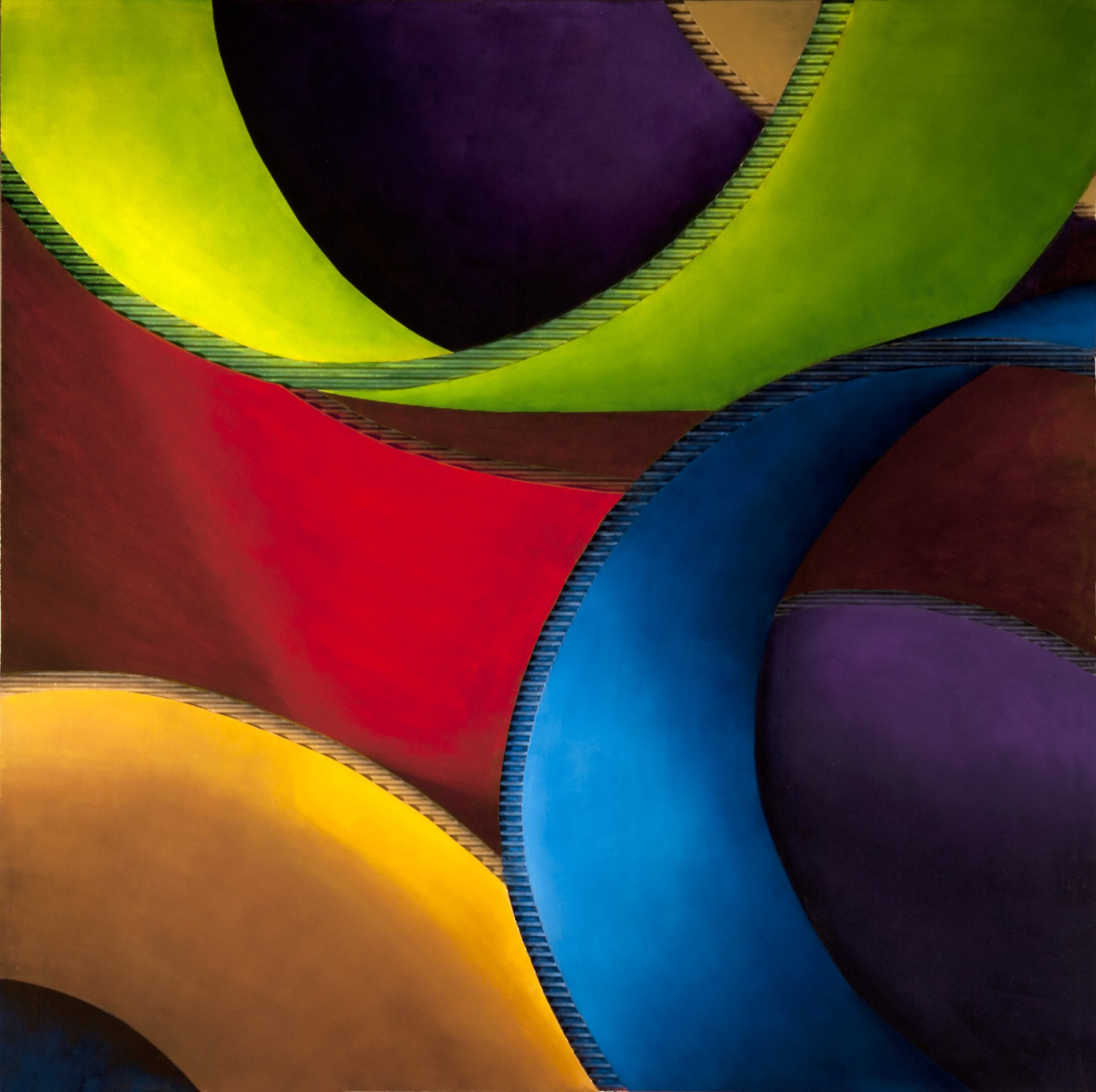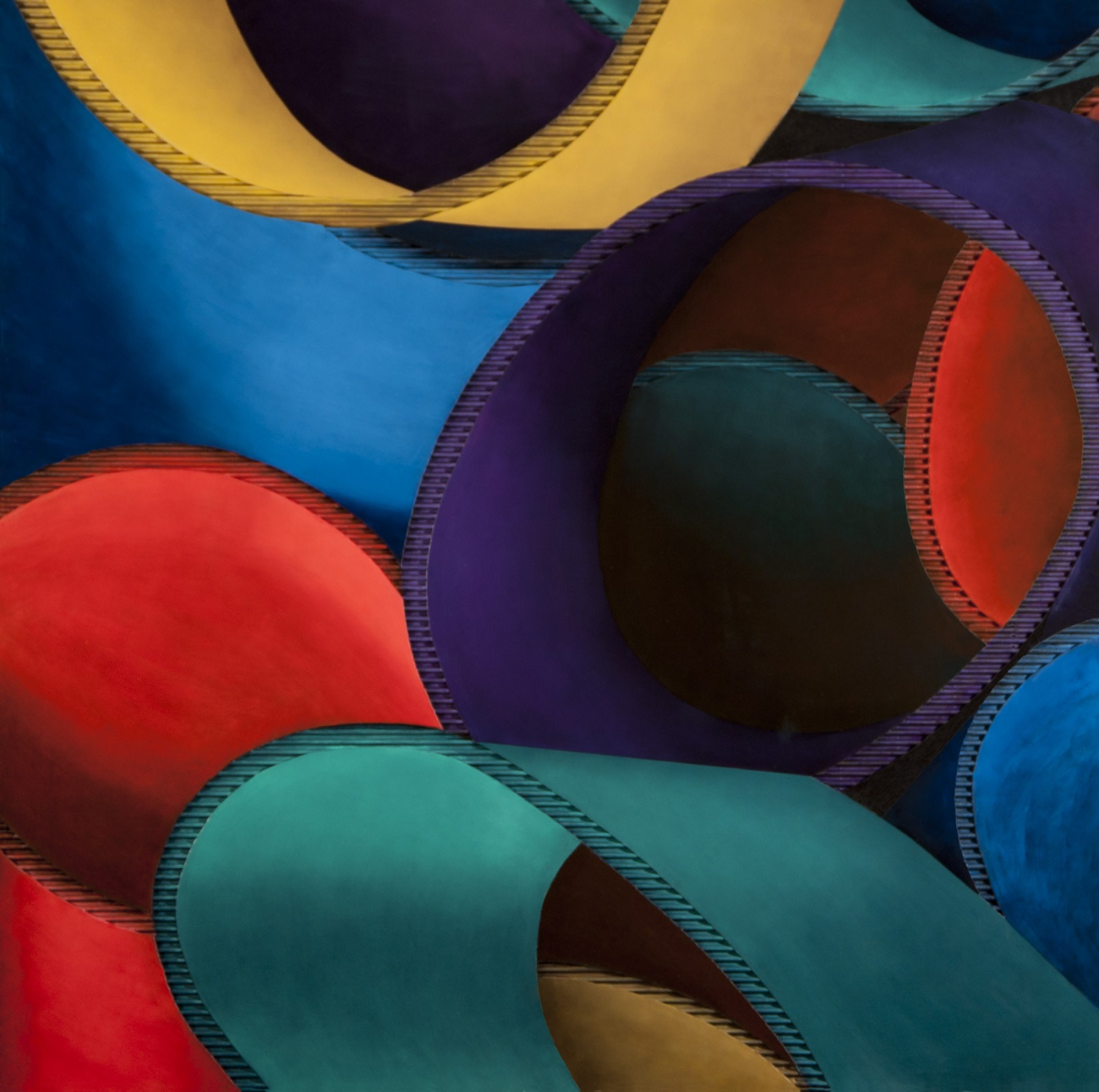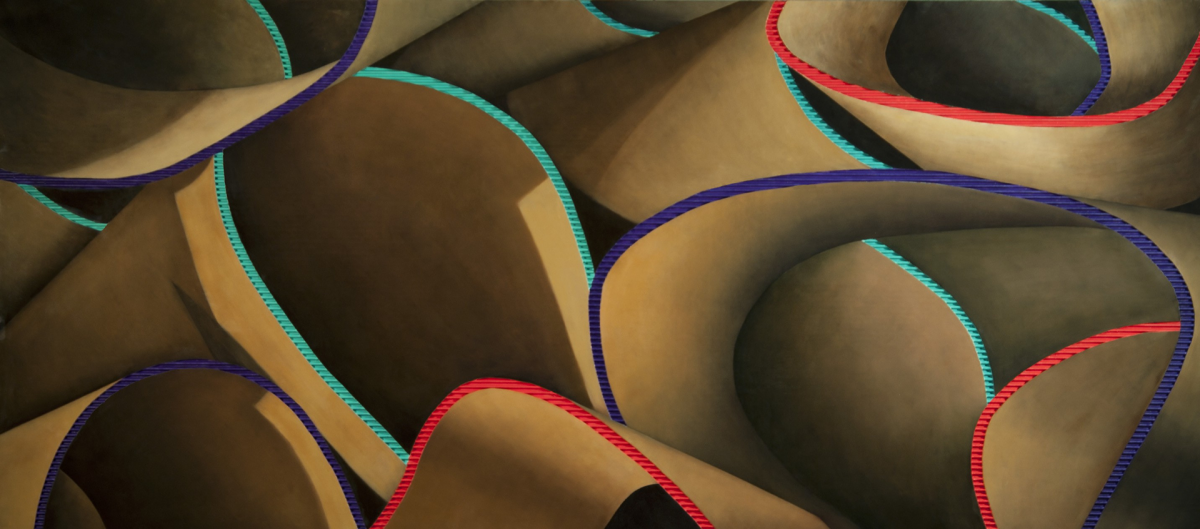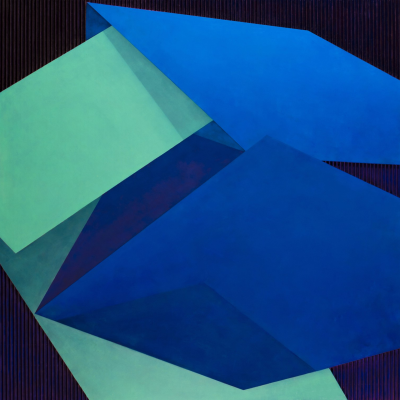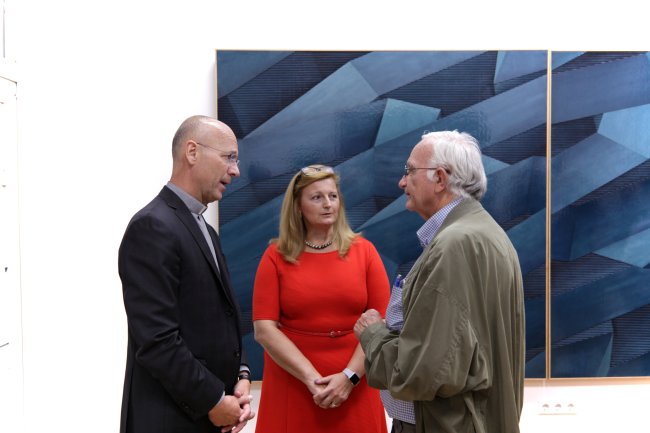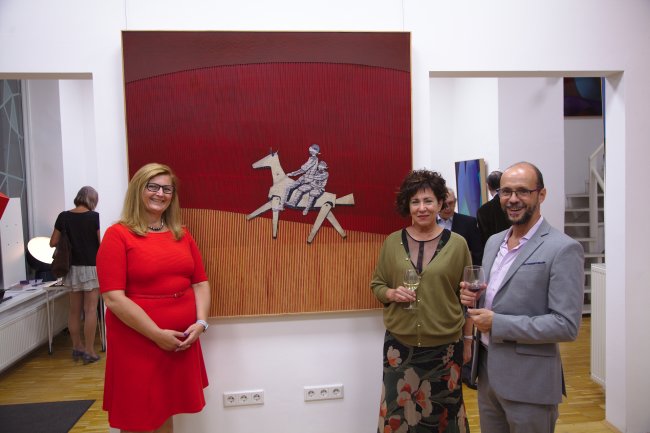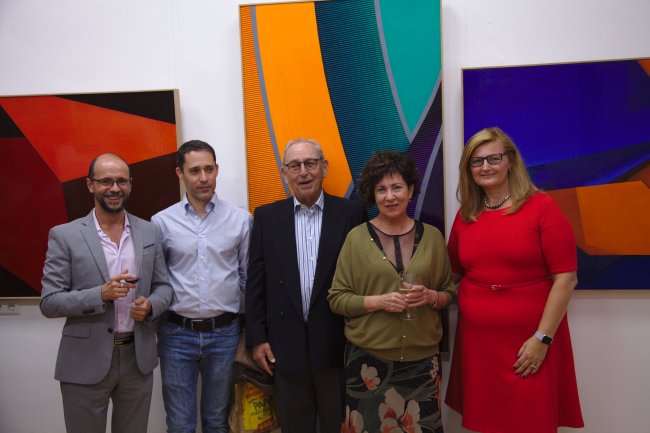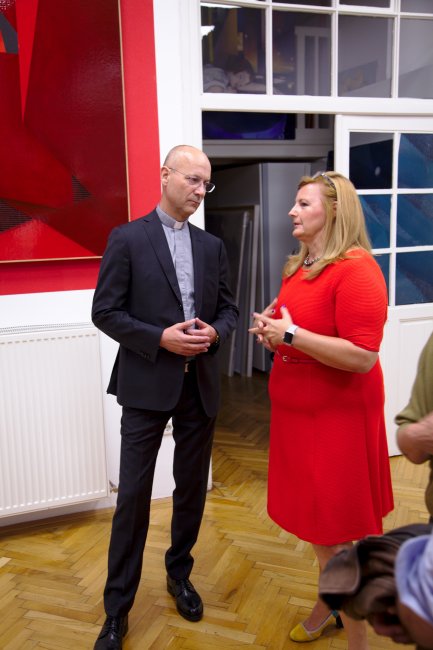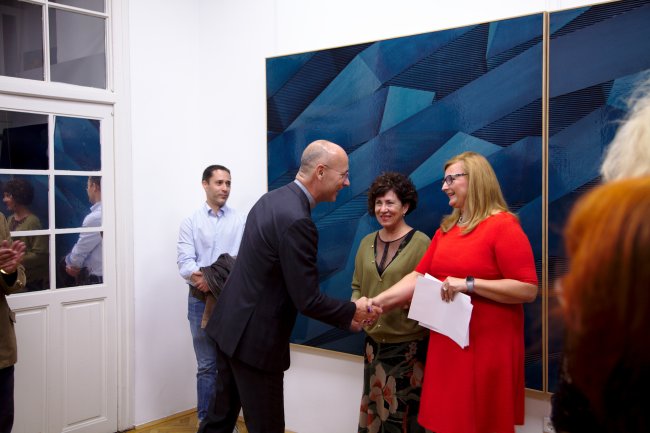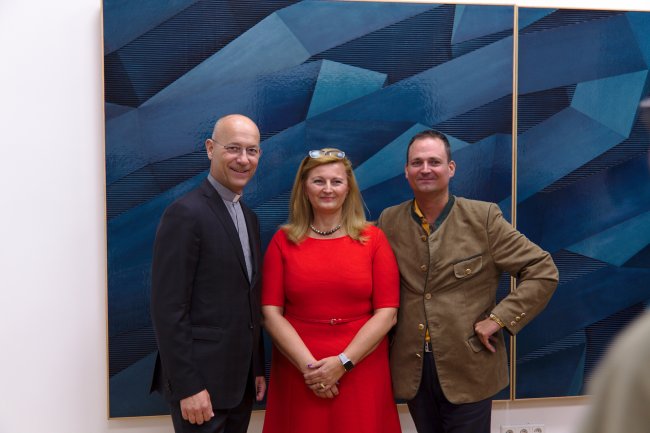People want to see patterns in the world. It is how we evolved.
In the September exhibition, BURN-IN lets geometric flow and penetrates deep into the mysterious geometric two- and three-dimensional worlds of the Spaniard Aurora CID, who exhibits for the first time in Austria.
CID's work, a kind of intellectual trompe-l'œi (French: deception of the eye | pretending three-dimensionality), relies on the tradition-rich history of geometry and mathematics in art and on the young discipline of fractals Benoit B. Mandelbrot. Currently, fractal art is a relatively widespread subform of digital art that is a matter of debate.
CID, however, does not choose the digital approach, but always starts from a point, beginning to fold forms to create modules, to interact with them, and to ultimately create bodies that reach into infinity.
In doing so, the artist pends between geometry in architecture and the geometry of nature, playing with sameness and difference, calculation and chance, continuity and variation, dynamics and tension, producing a unique mood that one cannot escape.
This sculptural extraction also creates an enormous plastic quality in the painting, which is forced by the highly rare carrier material force (corrugated cardboard) and perfectly staged by means of oil, resin and varnish.
Inevitably, the viewer succumbs to the unique aura and faces the extremely delightful task of decoding the geometric flow with all its corners, waves and edges.
The Fundación Antonio Saura from Cuenca (Spain) dedicated an extensive catalog to CID. BURN-IN is very proud to show some of these core works in the current September exhibition "Geometric flow".
Pictorial purpose, drawing mediation, and sculptural awareness converge in Aurora CID's search for a tangent language with fractal modes that oscillate between the geometry of architecture and the geometry of nature. Through the use of dimensionless repetitions, chromatic antitheses, formal juxtapositions, or the use of the support as an active element, a coherent reflection on the spatio-temporal qualities of each creation is triggered. The games between sameness and difference, calculation and chance, continuity and variation, dynamism and stillness create perceptual tensions that no viewer can escape.
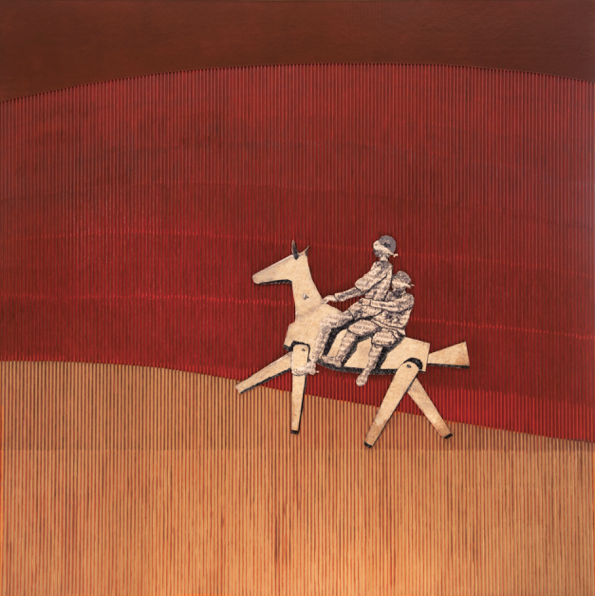
Education for Change
Gift to the Instituto Cervantes in Vienna.
Many thanks to Aurora CID for the generous donation to the Instituto Cervantes in Vienna. With Durante la ensoñación todo es posible | While dreaming everything is possible (mixed media oil, varnish, resin | Kraft | 150 x 150 cm) she describes a wonderful scene from Miguel de Cervantes work, in which Don Quixote de la Mancha together with his servant Sancho Panza on the wooden horse Clavileño floats dreaming through the air, bravely fighting windmills. A masterpiece she created to mark the 400th anniversary of Don Quixote II (1615). The work was shown at the Museo Minicipal de Alcázar de San Juan and the ART Seville 2018 on the theme of "Education for Change." ART Seville is an international contemporary art conference organized annually by the University of Seville. As a Spanish and Ibero-American educational and cultural institution, the Instituto Cervantes in Vienna is the perfect venue for CID's work and a wonderful example of the cross-fertilizing fusion of history and modernity.
